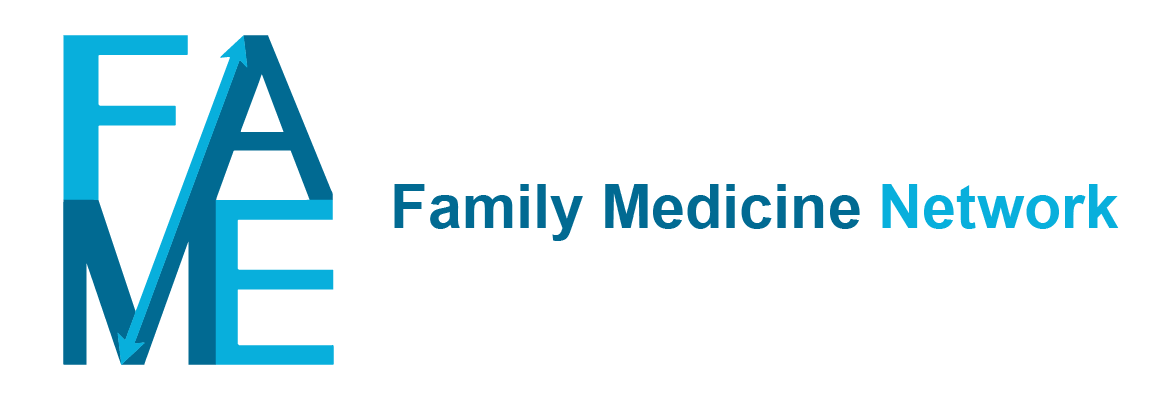Allergic rhinitis is caused by inflammation of the nasal mucosa occurring when the immune system overreacts to (mainly aerogenous) allergens. Symptoms include sneezing, rhinorrhoea, nasal obstruction and an itch in the nose and throat. Allergic rhinitis may also cause more general symptoms such as fatigue, malaise and sleep disturbance, and can have a negative influence on daily functioning (work, school, sports).
‘Hay fever’ refers to seasonal allergic rhinitis caused by inhaled grass or tree pollen, causing seasonal symptoms. ‘Perennial’ allergic rhinitis is usually caused by indoor allergens, such as house dust mites and pet dander. People with allergic rhinitis may have a predisposition for other allergic conditions (and vice versa) such as eczema and asthma. This trait is referred to as atopy. It also includes co-occurrence with allergic conjunctivitis, causing (bilateral) ocular itch and redness, and often eyelid oedema and watery discharge. The diagnosis of allergic rhinitis can reliably be based on clinical history alone. A positive blood test for inhaled allergens is not necessary, however, it can be useful in indistinct cases. Allergic rhinitis can be treated with nasal corticosteroids and with antihistamines.
In ICPC-2, allergic rhinitis is coded R97. A clinically relevant allergic conjunctivitis is separately coded F71.
Allergic rhinitis has an incidence of 9.8 per 1000 patient years (10 new diagnoses per 1000 patients per year) and is highest in populations under 45 years of age (15 per 1000 patients per year in patients 5-25 years old). Link/Figure 1
Prevalence of allergic rhinitis is 59.3 per 1000 patient years, meaning that among 1000 patients in a year, 59 seek help from their GP with allergic rhinitis. Link/Figure 2
Allergic rhinitis follows hypertension (K86) and upper respiratory infection (R74) in conditions ranked on prevalence. This means that allergic rhinitis is a condition affecting a relatively large proportion of the general practice population and is the third most common condition for which patients seek medical help and have contact with their GP throughout the year. Link/Table 3
In the youngest groups (age 0-15), the incidence is highest with boys / young men, whereas in the age groups 15-25 and 25-45, new diagnoses of allergic rhinitis are more common among women. Overall, there is no obvious sex difference in the incidence of allergic rhinitis (men 9.3, women 10.2 per 1000 patient years).
The increasing prevalence of allergic rhinitis over time (Link/Figure 2), without a rising incidence (Link/Figure 1), suggests an increase in the severity of symptoms of allergic rhinitis over time, at least leading to more contacts with the GP. This may point at a true increase in the experienced ‘disease burden’ of allergic rhinitis, since self-management has probably grown too. ‘Over the counter’ availability of systemic antihistamines has expanded over time in the Netherlands and the same goes probably for knowledge in the Dutch population on its use, in part owing to growing attention for the website www.thuisarts.nl (www.GPinfo.nl), developed and maintained by the Dutch College of GPs, providing patient education.
Allergic conjunctivitis (F71) has an incidence of 3.1 per 1000 patient years (Link/Figure 4) and a prevalence of 6.7 per 1000 patient years. Link/Figure 5
The most common initial reason for encounter (RFE) for allergic rhinitis is ‘allergic rhinitis’ (R97), which means that the condition is easily self-diagnosed. Other frequent reasons for encounter are a request for medication (*50), sneezing or nasal congestion (R07) and ‘other nose symptoms’ (R08). Link/Table 6 A ‘selfdiagnosed’ allergic rhinitis as an initial RFE (R97) is especially common among patients under 45.
By far the most common intervention coded for allergic rhinitis is the prescription of medication. Help for allergic rhinitis includes all kinds of encounter types, ranging from extensive counselling to simple repeat prescriptions. Link/Table 7 Most prescribed medication types are nasal corticosteroids and systemic antihistamines. Link/Table 8 Note that this includes only medication prescribed by the GP, not medication bought ‘over the counter’.
Referrals are rare and concern the specialisms otorhinolaryngology or allergology. Link/Table 9
Dutch guideline: https://richtlijnen.nhg.org/standaarden/allergische-en-niet-allergischerinitis#volledige-tekst (2018)
DeShazo RD, Kemp SF. Allergic rhinitis: Clinical manifestations, epidemiology, and diagnosis. In: UpToDate, Corren J, Feldweg AM (Eds), UpToDate, Waltham, MA, 2022
